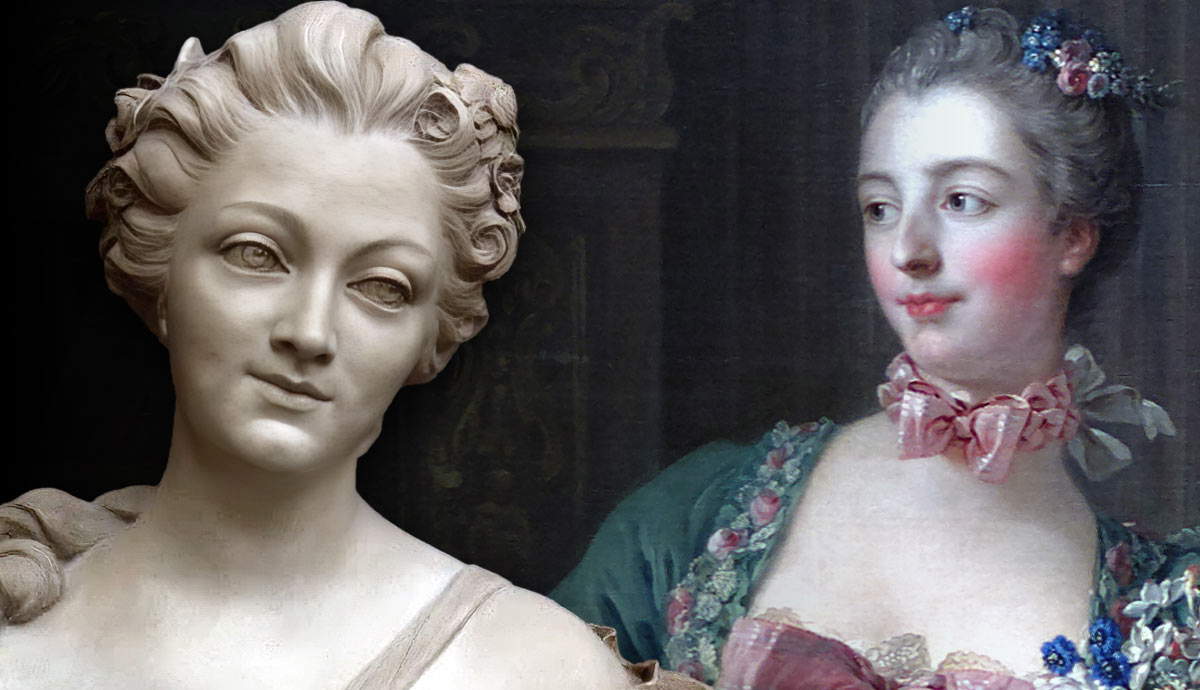
Grigori Rasputin was a mystic who was originally only a peasant, so how did he become entangled with the Emperor of Russia, and did it contribute to their downfall during the Russian Revolution? It all was to do with the youngest child and only son of Tsar Nicholas II and his wife Alexandra.
Who Ruled Russia During Rasputin’s Lifetime?

So, who exactly was in power when Rasputin rose through the ranks? Nicholas II was the Emperor of Russia, and with Alexandra they had five children, four daughters and a son. They are well-known for the former mystery of the Grand Duchess Anastasia. When the rest of her family was murdered when the Emperor and his family were overthrown there were rumors that Anastasia escaped that fate. This was later disproved. The son, Alexei Nicolaevich, who was the youngest and heir to the throne, had hemophilia.
Hemophilia is a genetic disorder that is inherited that makes it difficult for blood to clot. This creates other more dangerous problems including an increased risk of internal bleeding, small injuries resulting in more significant blood loss, and bruising. In Alexei’s case it was inherited through the matriarchal line tracking back to Queen Victoria. Even though it came from his mother it only affected males and so his sisters did not have the same issue. It was passed through other European royals connected to Victoria.
Not wanting to show any potential weakness, or worry Russia on the strength of its future monarchs, this was kept a secret. Alexei appeared to be quite aggressive and they employed people to keep him safe from harming himself. The worry is what eventually drove them to seek out the help of Rasputin to “cure” Alexei.
Where Did Rasputin Come From?

Born January 22, 1869 in Pokrovskoye (Tyumen, Siberia) to peasants, Rasputin did attend school, although according to some sources he remained illiterate. His reputation for recklessness earned him the surname Rasputin, Russian for ‘debauched one.’ So even at a younger age he was not well liked by the general population. He started on the path of his religious “calling” at eighteen, going to a monastery, although he did not become a monk, despite his later moniker as the ‘Mad Monk’.
Rasputin married Praskovya Dubrovina and had seven children, three who survived childhood. Despite how he was portrayed and how often he traveled, he did take care of his family, financially supporting his wife and his daughters who would sometimes live with him. Despite not being a monk, his travels and personal appeal caught the attention of others. Even though there were rumors that he was still living a life of debauchery he continued to be popular.
Well-connected church leaders in Saint Peterburg had connections to the imperial family. One of these was Archimandrite Theofan, who would be a confessor to the Romanovs.
How Did Rasputin Get Embedded in the Romanov Family?

A friendship with Theofan meant that Rasputin began mingling with royalty, including cousins of the Tsar. In 1905 he met Nicholas, Alexandra and their children. It was his reputation as a mystic and their sheer desperation that made the Tsar and his wife think that Rasputin was the one person who would be able to heal their son from his illness.
Unfortunately, although it is known that Rasputin worked closely with the family to “heal” the son, there are a lack of records of the exact meeting when Alexei’s parents decided he was able to help. Alexandra championed Rasputin for his ability to ease Alexei’s pain and bleeding after a carriage ride caused a hematoma in his thigh which caused a severe fever. Rasputin sent word to not disturb the boy and that he wouldn’t die. In a few short days the boy took a turn for the better, making this one of Rasputin’s most well-known miracles.
As he became more entangled in the imperial family, Rasputin’s power and influence in the court grew. This made him an enemy of many and allowed for rumors to grow. His close relationship with the children, which allegedly included being in their rooms when they were in nightgowns, scandalized the court. Rumors also swirled that he was inappropriate with females in the court, including the older daughters.
Did Rasputin Cause the Russian Revolution?

It certainly did the Romanovs no favors to be aligned with the widely disliked Rasputin. If Rasputin hadn’t been there and become intertwined with the family it is likely the 1917 Russian Revolution still would have occurred. He was after all executed a couple years before the Romanov family was killed. He might have represented the corruption in court, but he wasn’t the only point of contention.
A broad overview hints at problems already brewing in the country. There were already issues with the emperor. Poverty was a widespread problem, and the royalty lived in excess while the peasants often struggled for basic necessities. According to sources, the cost of Crimean War meant there were food shortages in a country already hit hard by a famine. While serfdom had long ago fallen out of form in most of the European countries, it still was practiced in Russia up until the late 1800s. The Russian people struggled to organize how society would run as industrialism led to overcrowding. Thus, people began to come together and revolt. The revolution would end the former imperial rule and usher in the eventual formation of the Soviet Union.










